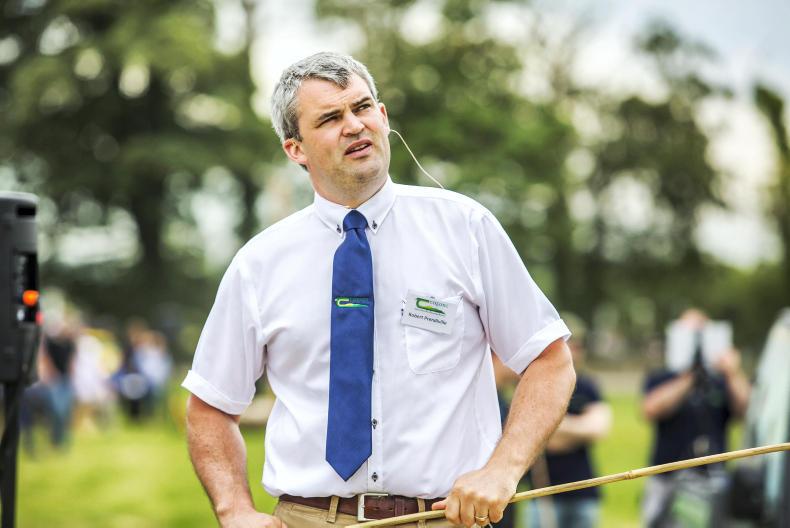A high proportion of animals slaughtered from the dairy herd are from early maturing breeds. Forty-six per cent of dairy calves available for beef production are generated from early maturing sires, 27% from Angus and 19% from Hereford.
With the introduction of the new dairy beef index in spring 2019, and 11 out of the top 20 bulls on the DBI list, it is likely that these breeds will continue to dominate usage in dairy herds due to their ease of calving and short gestation characteristics.
Johnstown Castle research
Research has been ongoing in Johnstwn Castle over the last few years looking at early maturing dairy beef systems.
Rob Prendiville's results have shown that spring-born (February to April) early maturing dairy crossbred hefers should be slaughtered before the beginning of the second winter from 19 to 21 months of age.
If heifers were housed and finished older, carcase weights increased but feed costs eliminated any increase in profitability and a proportion of the heifers went over fat.
Teaagsc also looked at steers in a similar system and found that it was more profitable to finish at a lighter weight off grass than house and finish indoors. For later-born steers, it was more profitable to store animals over the second winter and finish off grass during the third grazing season under 30 months.
Optimum systems
Robert Prendiville talking on early maturing my breeds and the need to focus on grass quality, "We want these cattle to be gaining 0.95kg/day, if we are not on this type of grass they will not achieve it" pic.twitter.com/m8WvYtecyh
— FJ Beef (@FJBeef) May 21, 2019
Listen here:






 This is a subscriber-only article
This is a subscriber-only article












SHARING OPTIONS: